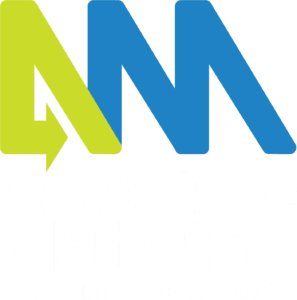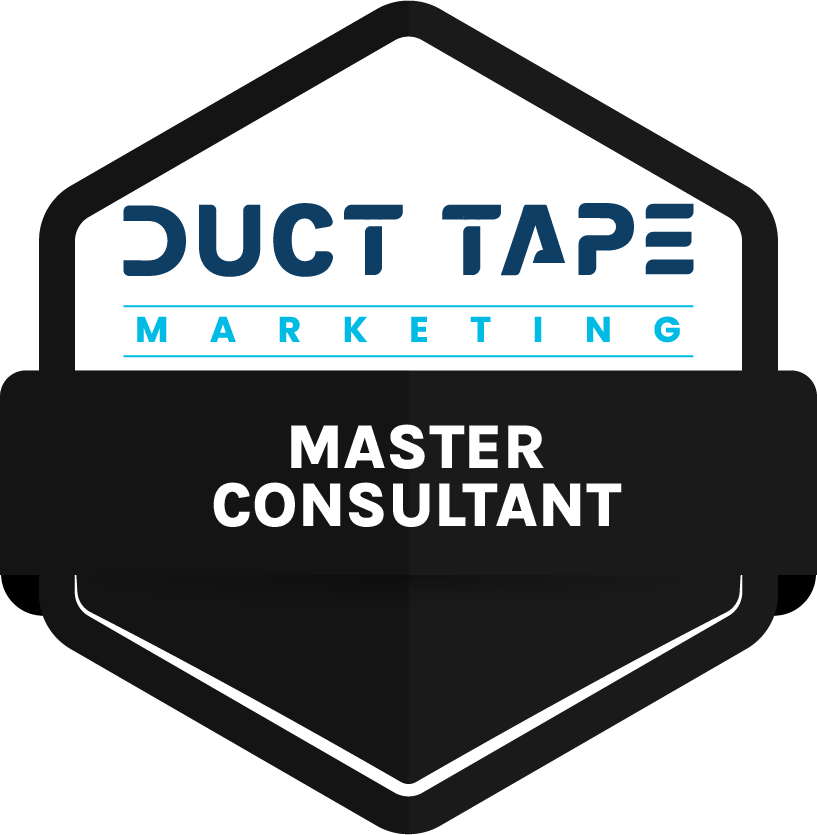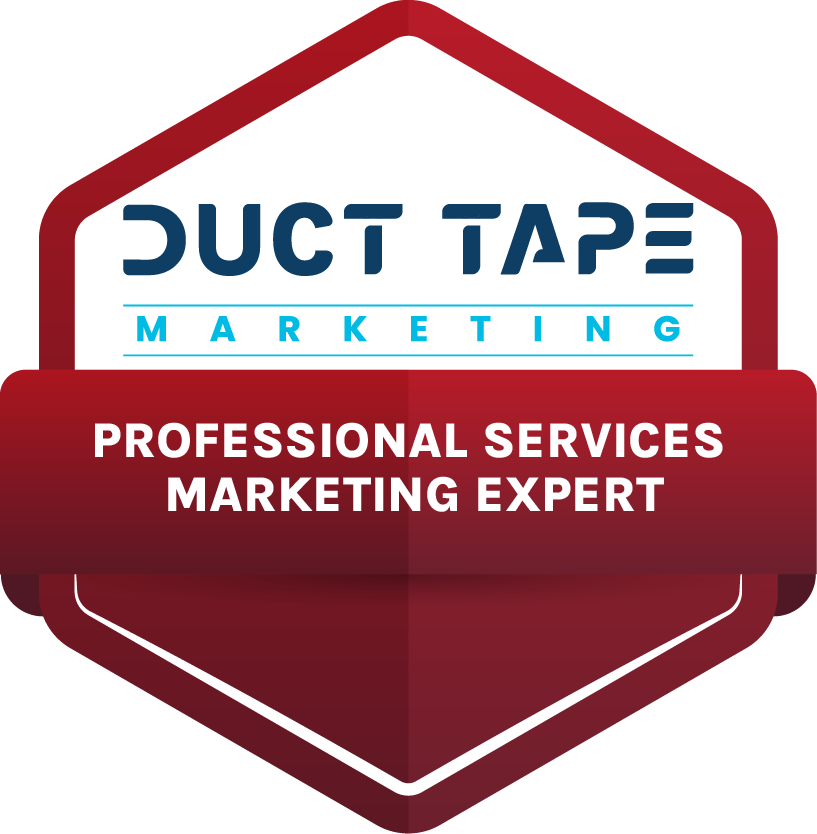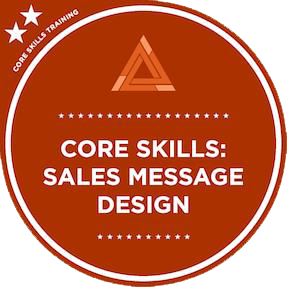 When marketing slows down or starts feeling messy, it’s rarely about bandwidth. It’s usually a sign that something’s off with alignment, accountability, or priorities. A weekly one-hour check-in can fix that, without piling on unnecessary meetings.
When marketing slows down or starts feeling messy, it’s rarely about bandwidth. It’s usually a sign that something’s off with alignment, accountability, or priorities. A weekly one-hour check-in can fix that, without piling on unnecessary meetings.
This isn’t another status update. It’s a standing time to recalibrate, flag issues early, and keep your marketing plan moving forward.
Here’s how to make the hour count.
The 5-Part Check-in Format
- Start with One Clear Goal (10 minutes)
Begin with the big picture. What’s the main thing you’re working toward right now?
It might be improving your lead quality, hitting a campaign milestone, or fixing a process that’s slowing you down. Being clear on the goal helps everyone get focused and cuts out the side conversations.
- Review Active Priorities (20 minutes)
Stick to the 3–5 things that matter most right now. Ask:
- Are they on track?
- What’s helping or hurting progress?
- Do we need to reassign, pause, or refocus?
When we supported one of our clients through a rebrand, regular check-ins helped the team move quickly—from brand strategy through to a new website, all without confusion over who owned what.
- Look at the Numbers (10 minutes)
You don’t need every metric. Focus on the ones that matter.
Pay attention to indicators like form fills, conversions, or campaign reach. Avoid getting lost in vanity metrics.
For example, if you’re running a webinar series and registrations are lower than expected, a quick look at promotion efforts might tell you where to pivot next.
- Address Bottlenecks (15 minutes)
Encourage the team to be vocal about what’s slowing things down.
This is often where you find simple fixes with outsized value: delayed approvals, lack of clarity, tools not playing nicely. It’s also where you can avoid dragging an issue across multiple weeks.
- Lock in Next Steps (5 minutes)
Before closing, confirm what’s getting done, who’s doing it, and by when.
Write it down. Share it. Then follow up the next week. That rhythm keeps everyone moving, and avoids the “what happened to that?” moments.
Best Practices from the Field
Here’s what we’ve learned working with growing teams and leaders:
Keep the group small.
Limit the meeting to 5–6 key players. Enough to make decisions, not enough to get stuck in back-and-forth.
Hold the meeting at the same time every week.
Routine creates momentum. Treat this hour as non-negotiable.
Track decisions in one place.
Whether it’s a shared document or your project management tool, log what was agreed and revisit it next time.
Make it strategic, not tactical.
This is where marketing leadership happens, not where people list out their to-do items.
When a Check-in Transforms Execution
When Advantage Marketing worked with a 50+ year-old manufacturing company to launch a new product line, the real shift happened during consistent weekly check-ins. They didn’t just talk about tactics, they looked at what was converting, who was following up on leads, and how the messaging landed in the market. This resulted in a measurable uptick in lead flow and better hand-off between marketing and sales.
In another case, a growing B2B services firm was struggling with inconsistent content. Once a weekly check-in was in place, the team aligned on voice, pace, and distribution channels. They published regularly for the first time in over a year and started receiving new business inquiries from content they had struggled to finish for months.
Keep It Simple, Keep It Going
A one-hour marketing check-in isn’t flashy. But it works, because it’s consistent, focused, and practical. If you’re not seeing progress from your team, start here.
And if you want help designing one that fits your business, that’s what we do.
Book your complimentary strategy consultation and let’s talk.
PS: Like what you’re reading? Subscribe to Magnetic Marketing Tips and stay in the know.
Don’t miss these previous articles:
The 5 Most Time-Consuming Marketing Tasks (and How to Streamline Them)
Refreshing Brand Messaging for a Performance Strategy Specialist
From Awareness to Action: How Marketing Fuels the Sales Pipeline
Marketing vs. Business Development: Why the Divide is Costing You Clients










